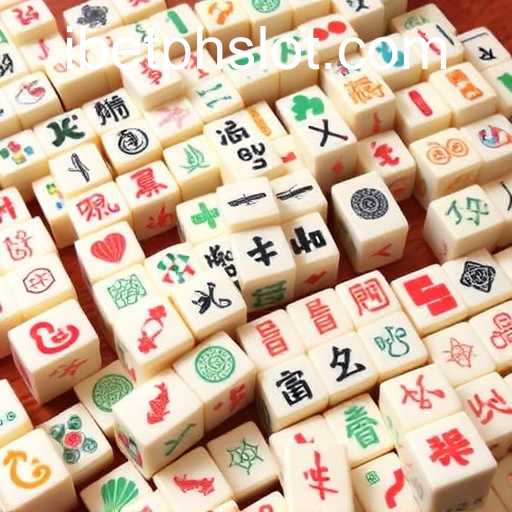Discover the World of Mahjong
Mahjong is a tile-based game that originated in China during the Qing dynasty. It has since become a beloved pastime, not only in Asia but across the globe. This game, often likened to rummy, is a blend of skill, strategy, and chance and is played with a set of tiles based on Chinese characters and symbols.
The Beginnings of Mahjong
While the exact origin of Mahjong is the subject of debate, it is generally agreed that the game was first developed in China during the mid-1800s. Initially popular among the noble and the elite, it gradually spread to the general population. By the early 20th century, Mahjong had made its way to the West, where it captivated players with its charm and complexity.
Understanding the Game of Mahjong
Mahjong is traditionally played by four players. The game utilizes a set of 144 tiles based on Chinese characters and symbols, although regional variations may have different number settings. The main aim of the game is to collect sets of tiles - three-of-a-kind, straights, or a pair, similar to poker. The game ends when a player successfully completes a legal hand of 14 tiles.
Basics of Mahjong Tiles
The game consists of several suits:
- Dots: Also known as circles, each tile is marked with a number of dots.
- Bamboo: These tiles represent strings of bamboo.
- Characters: Bearing Chinese numbers, they are one of the three main suits.
- Honors: These include winds (East, South, West, North) and dragons (Red, Green, White).
- Bonus Tiles: Flowers and seasons that provide extra points.
Basic Rules
The objective is to create a valid Mahjong hand, which typically consists of four sets and a pair. A set can either be a Pung (three identical tiles), a Chow (a sequence of three tiles in the same suit), or a Kong (four identical tiles). Players draw tiles, one at a time, from the wall to replace those that have been discarded. The round continues until a player successfully declares Mahjong.
Mahjong's Resurgence in the Digital Age
With the advent of technology, Mahjong has adapted to the digital landscape. Online platforms have made it possible for fans around the world to engage in this classic game. It has even inspired various online gambling variants, making it increasingly popular among online gamers and betting enthusiasts.
Current Events and Importance of Mahjong
Recently, Mahjong has seen a resurgence in popularity across different demographics, bringing people together both physically and virtually. During the COVID-19 pandemic, online platforms saw an increased rate of user engagement, as people sought ways to connect and interact during quarantine.
Moreover, cultural festivals and events featuring Mahjong tournaments have become increasingly common, promoting cultural heritage and understanding. In the context of communities, especially among Chinese diaspora, Mahjong serves to maintain a connection with their roots while fostering social interaction.
Mahjong and Its Impact
The versatility and timeless appeal of Mahjong continue to captivate players worldwide. Its influence can be seen in the rise of Mahjong-themed cafes, mobile gaming apps, and the integration into educational resources promoting logic and mathematical thinking.
Whether played for leisure or in competitive settings, Mahjong's impact transcends generations, offering both a cultural pastime and a stimulating intellectual challenge. As it thrives in both traditional settings and contemporary platforms, Mahjong continues to affirm its place as an enduring part of cultural and social life.








